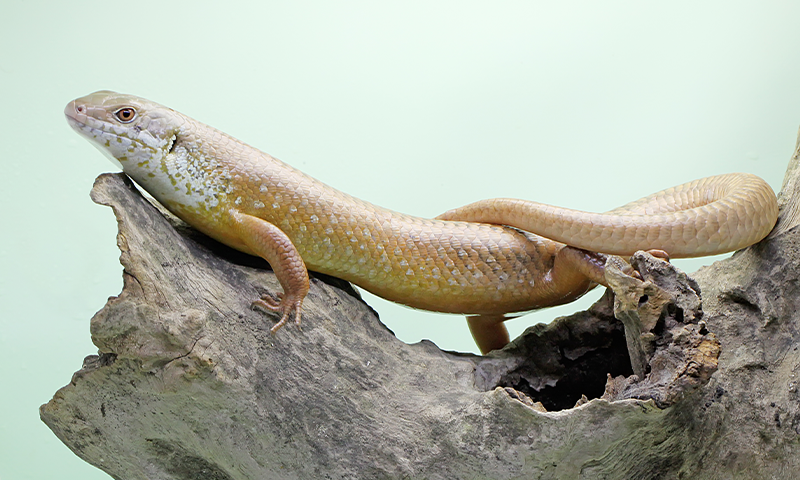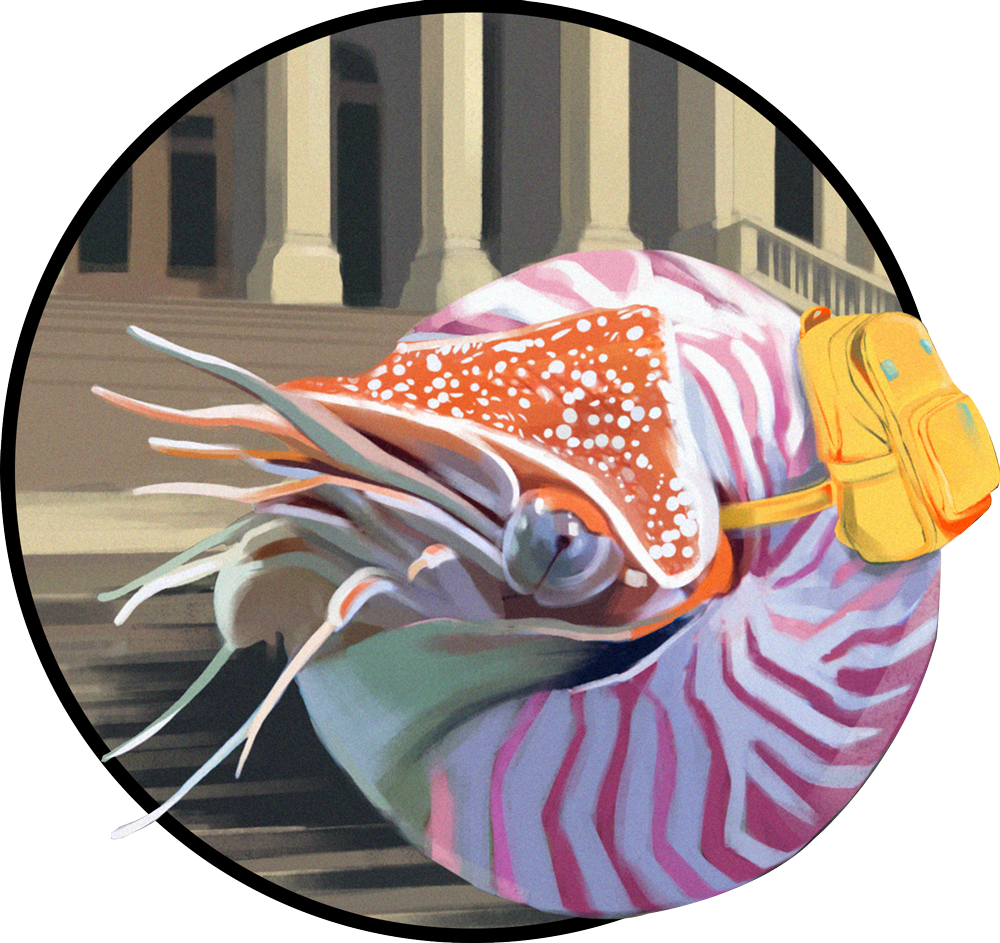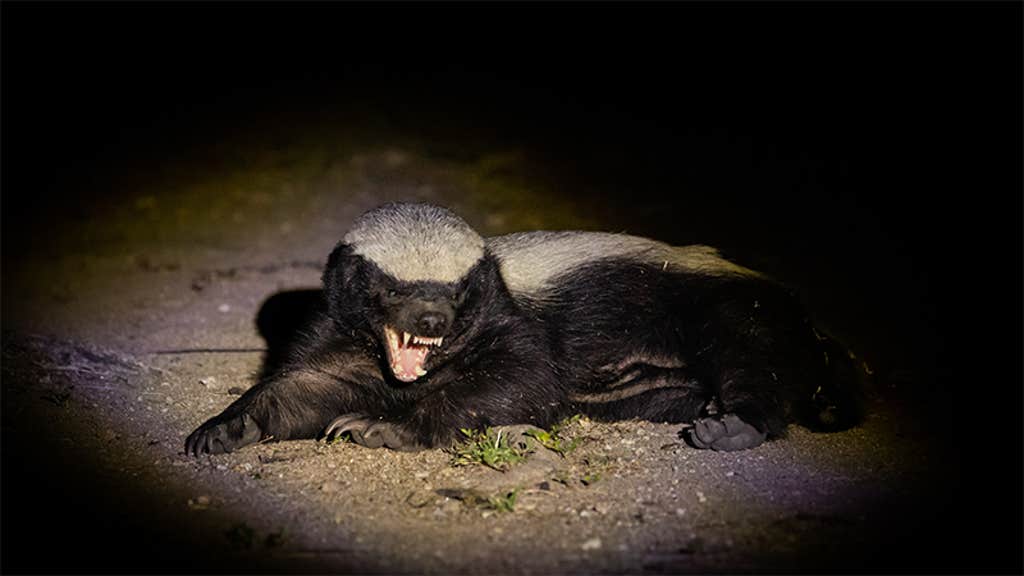Now Reading: How Skinks and Honey Badgers Fight Cobra Venom
-
01
How Skinks and Honey Badgers Fight Cobra Venom
How Skinks and Honey Badgers Fight Cobra Venom

The full Nautilus archive
•
eBooks & Special Editions
•
Ad-free reading
- The full Nautilus archive
- eBooks & Special Editions
- Ad-free reading

For most animals, getting bitten by a venomous cobra is a death sentence—and a particularly unpleasant one.
Cobra venom is a neurotoxin that hacks a victim’s nervous system, scrambling electrical impulses that tell nerves and muscles what to do. One nasty bite can paralyze an animal’s skeletal muscles and diaphragm, inhibiting their ability to run away or even breathe, says Bryan Fry, a professor of toxicology at the University of Queensland in Australia. But there are several species of creatures that can fight off these horror movie-esque responses—and the latest to be uncovered are several species of burrowing lizards known as skinks.
In new research published in the International Journal of Molecular Sciences, Fry and his team describe how, across 25 different occasions, 13 out of 45 studied skink species have built up molecular armor to keep cobra venom from immediately killing them.

Their discovery began with a hunch—30 million years ago, elapid snakes (the family that includes cobras, sea snakes, tiger snakes, and hundreds of other slippery terrors) first arrived in Australia from Asia, much to the horror of native skinks that had never encountered such a predator, says Fry. “They would have been behaviourally and chemically naive to the venoms,” he adds. “It would have been absolute carnage and the reason why elapid snakes spread so quickly across the continent after their arrival.”
This immense pressure essentially forced skinks to evolve or die—and evolve they did. Cobra venom normally targets muscle receptors, but a mutation in the surviving skinks created a mechanism to deploy a sugar called N-glycosylation to physically block toxins. This just happens to be the same way that cobras resist their own venom—and how mongooses protect themselves from cobra toxins when they make a hearty meal of the snakes, representing repetitive solutions across immensely divergent evolutionary histories.
“It would have been absolute carnage and the reason why elapid snakes spread so quickly.”
“These are classic examples of the idea that there are a limited number of ‘evolutionary good tricks’: the philosophical idea that when faced with similar selection pressures, there are a limited number of solutions,” Fry says. “Basically, if the wheel is going to be reinvented, odds are it will be round.”
The researchers discovered all this without needing to test their hypothesis on living skinks. They used tissue samples from museum specimens to recreate the major skink’s (Bellatorias frerei) receptors. Then, they used these models to mimic what happens when they are bitten by the super-venomous Pilbara death adder (Acanthophis wellsi). Remarkably, the skink receptors resisted the toxic effects and used the same evolutionary trick—a single amino acid change—that allows honey badgers to also evade a venomous demise.
This research strategy makes it reasonably straightforward to test their hypothesis on other kinds of animals, such as the geckos and frogs that have also somehow lived side-by-side with dangerously venomous snakes for millions of years.
These findings also have potential use for medicine. The way we currently develop antivenoms hasn’t changed much in the past century, says Fry, and that process can be incredibly expensive, requires animals like horses to act as antibody production facilities, and still holds risk of allergic shock or discomfort for patients. “There is a push now for lab-designed molecules as cheaper, more effective, and more ethical replacements of ancient antivenoms,” he adds. Learning more about the animals that can fight off tough toxins on their own—without having to subject the creatures to lab work—is a step in a direction that can keep people healthy and safe, no matter what they encounter in the wild. ![]()
Lead photo by I Wayan Sumatika / Shutterstock
-
Sara Kiley Watson
Posted on
Sara Kiley Watson is a climate and science journalist currently based in the Netherlands.


























